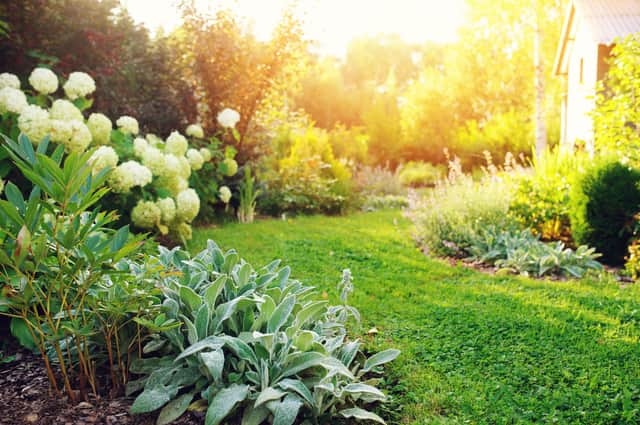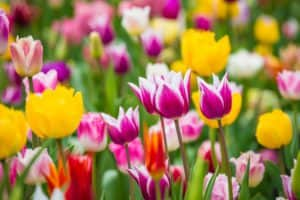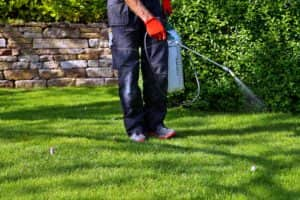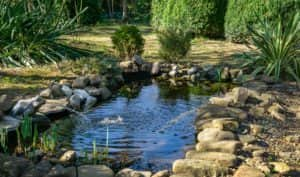6 tips to create a nature friendly garden
This article contains affiliate links. We may earn a small commission on items purchased through this article, but that does not affect our editorial judgement.


As spring looms, the sound of birdsong and buds on trees is almost here.
To help out, GTSE has revealed six expert tips to create a nature-friendly garden ready for spring. From growing long-grass, to becoming an architect for birds - there are plenty of options for homeowners to do their bit for wildlife.
1. Let your grass grow and your trees climb
Advertisement
Hide AdAdvertisement
Hide AdDon’t be tempted to cut down trees in your garden, as they offer space for wildlife such as birds and squirrels to nest. Their branches can also provide year-round cover for insects!
2. Plant wildlife friendly flowers and trees
Planting flowers in your garden is not only aesthetically pleasing but supplies nectar rich food to birds, bees, and other creatures.


Native wildflowers are important because they’ve evolved with our insects, which makes them compatible with one another and encourages native biodiversity. Therefore, choose plants which are native to yourself and your area.
3. Use wildlife friendly pest control
Sometimes using pest control and pesticides is unavoidable when maintaining your garden. However, to avoid upsetting the natural eco-system it is important to choose wildlife-friendly pest control. (pictured below)


Advertisement
Hide AdAdvertisement
Hide AdThere are alternative ways to controlling them such as creating barriers or companion planting. For example, planting close together with species that attract predatory insects or disguise vulnerable plants, or using copper piping to deter slugs.
4. Provide a home for wildlife and get crafty!
If you’re feeling crafty this spring, building your own bird house or bug-hotel is a fun project - as well as being great for wildlife. Both birds and insects are an important part of your garden’s ecosystem - so creating a home and feeding the wildlife allows them to thrive!
5. Reduce food waste and compost
Not only is composting a sustainable way of handling food-waste, it can also provide a habitat for a range of minibeasts. A community of minibeasts from worms to woodlice help the decaying process, as well as provide a food-source for hedgehogs and other animals.
Your main ingredients for a successful compost heap are waste, air and water! A simple heap covered with old carpet or plastic is just as effective as a 'bin'. Waste can encompass everything from grass-cuttings, to eggshells, to newspapers – just make sure to keep the pile moist.
6. Create a pond
Advertisement
Hide AdAdvertisement
Hide AdWildlife can make use of many types of ponds and water features, from a simple drinking source to a thriving habitat for multiple species, complete with its own ecosystem.


However, a pond doesn’t have to be a big garden project – all you need is a bucket in the ground or a small dish to collect rainwater. You can even add waterlilies to prevent the rainwater from becoming stagnant.
Further tips on creating a wild-life friendly garden can be found here: https://gtse.co.uk/blog/how-to-make-a-nature-friendly-garden